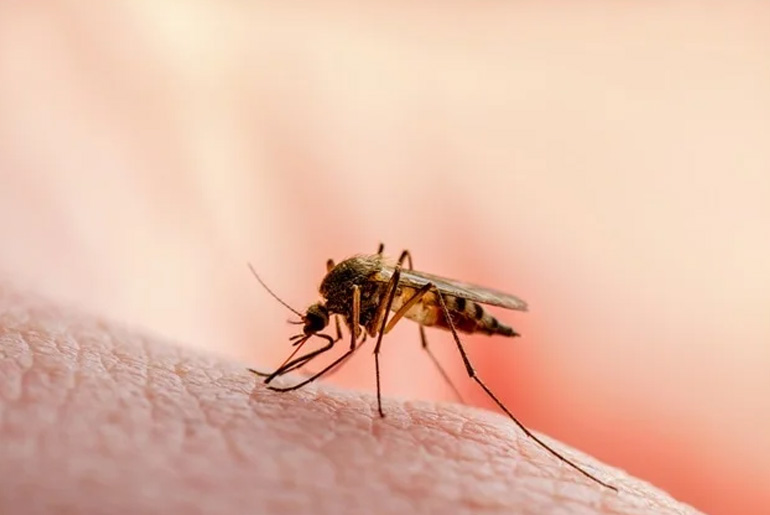A new analysis that highlights potential inaccuracies in estimating the rates at which malaria parasites multiply in an infected person’s blood. These inaccuracies have important implications for understanding the impact of the parasites on the host, the development of medication resistance, the spread of the parasite within a community, and the effectiveness of malaria vaccines.
The researchers used a mathematical model of infection dynamics to investigate the factors contributing to overestimates in parasite multiplication rates. They found that biases in blood sampling and flawed inferences in previous computer models were leading to significant overestimations of these rates.
Malaria is caused by a parasite that is transmitted to humans through infected mosquitoes. Once inside the human host, the parasites multiply, first in liver cells and then in red blood cells. The synchronized replication and bursting of parasites from red blood cells contribute to the cycle of infection. Clinicians typically take blood samples from infected individuals and count the number of observable parasites. However, the timing of these samples is crucial, as younger parasites are easier to observe early in their life cycle, while older parasites become sticky and less likely to circulate in the blood.
“The inability to accurately measure those rates is concerning,” stated Megan Greischar, assistant professor of ecology and evolutionary biology in the College of Agriculture and Life Sciences, and corresponding author on the paper. Lauren Childs, associate professor of mathematics at Virginia Tech, is a co-author.
“We had a very simple model for how you infer multiplication rates that didn’t work, so now we know we need something more robust,” Greischar stated. This study explains how the problems in accurately measuring multiplication rates arise, she said.
Previous models used for estimating parasite multiplication rates tried to correct for this sampling bias by inferring how many parasites might exist later in a parasite brood’s life cycle, when they can’t be directly observed. This study suggests that those methods were insufficient to determine how fast parasites actually multiply.
Sampling bias occurs when blood samples are taken later in the replication cycle, leading to lower counts of observable parasites, compared to earlier samples when young parasites are more abundant. By using a mathematical model and analyzing both modern and historical data from malaria-infected individuals, the researchers were able to identify the sources of inaccuracies in previous parasite count models. These inaccuracies had led to estimates of parasite multiplication rates that were significantly higher than what was biologically plausible.
Previously published studies measured the maximum number of offspring produced by a human malaria parasite (Plasmodium falciparum) within a single 48-hour cycle of replication in artificial culture.
The accuracy of estimating parasite multiplication rates is crucial for various aspects of malaria research and control. For example, some candidate malaria vaccines target a stage in the parasite’s life cycle when it replicates in the blood. Understanding accurate multiplication rates is essential for evaluating the efficacy of these vaccines. Additionally, the rates of multiplication affect how quickly medication resistance can develop and how efficiently the parasite can spread within a population.
“They should only be able to multiply at most 32-fold, which is quite large already,” meaning a single parasite could create 32 daughter parasites, at most, with a median of about 15 to 18, Greischar stated.
The findings from this analysis emphasize the importance of refining methods for estimating parasite multiplication rates and improving the accuracy of mathematical models used in malaria research. This, in turn, can enhance our understanding of the disease and contribute to more effective strategies for its control and prevention.
“We were seeing thousand-fold growth,” Greischar stated. “That would mean that the parasites were making more than 1,000 parasites from a single red blood cell, repeatedly, which does not match with our understanding of the biology of these parasites.”
Disclaimer:
The information contained in this article is for educational and informational purposes only and is not intended as a health advice. We would ask you to consult a qualified professional or medical expert to gain additional knowledge before you choose to consume any product or perform any exercise.








